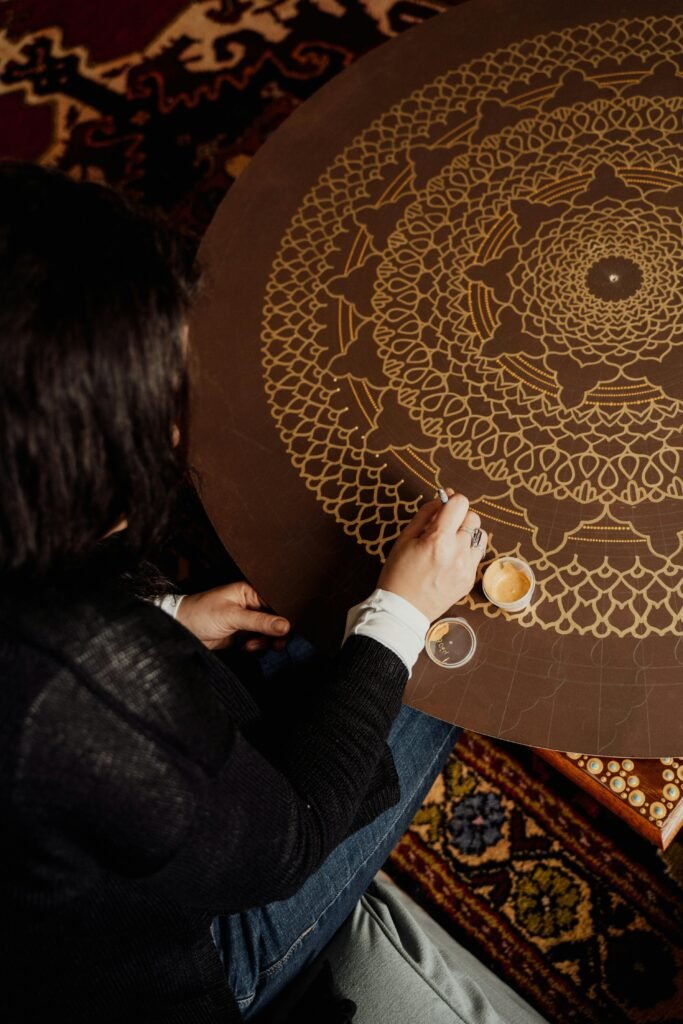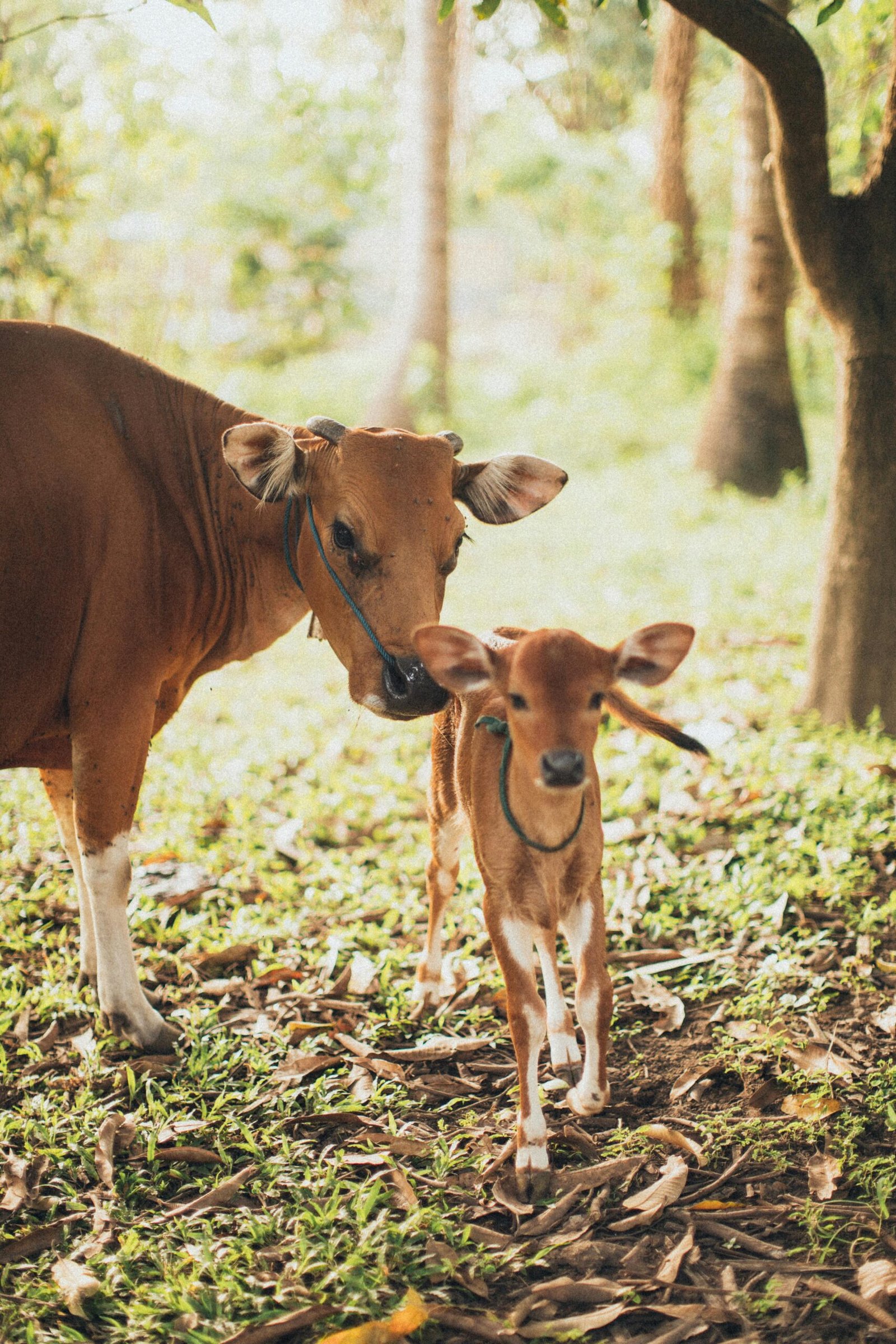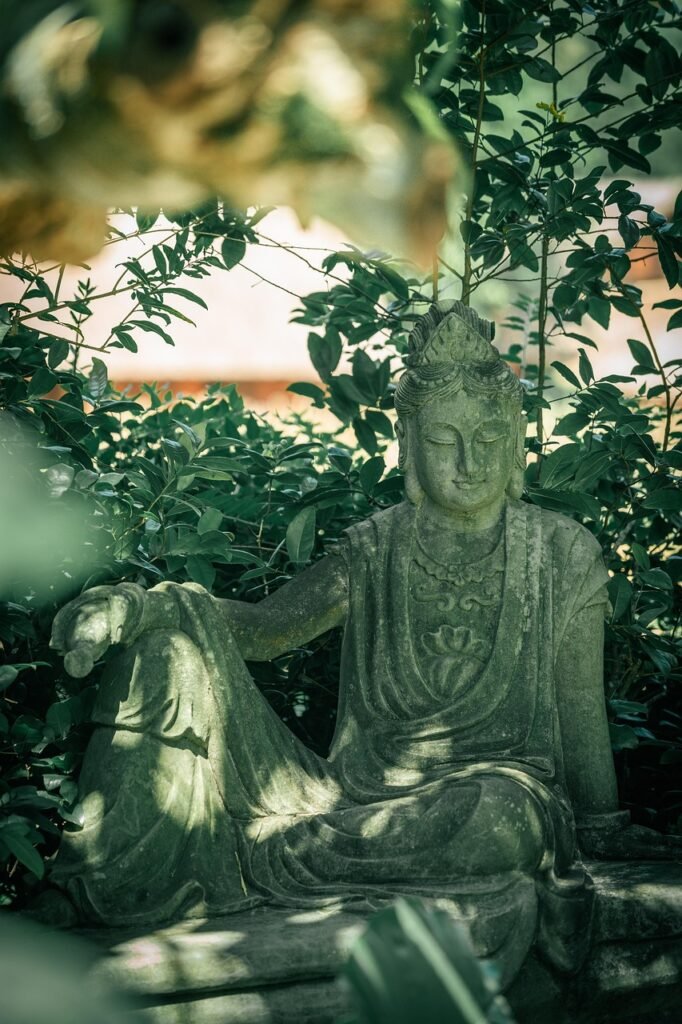Essays
Select essays in the fields of transpersonal, humanistic, and depth psychologies; world spirituality; archetypal mythology and cosmology; and more.
- The Unfolding Soul: An Exploration of Soul in Jungian Psychology
- Spiritual Counseling and the Journey of Becoming Part 1: The Personal Journey
- Spiritual Counseling and the Journey of Becoming Part 2: The Spiritual Counseling Paradigm
- On Mythic Cows and the Dairy Industry: An Archetypal Activist Exploration
- The Eastern Containing Myth

The soul in Jungian psychology is a complex domain that is a challenge to delineate, yet, by following her trail we are led along a fascinating journey into the depths of human experience. At once the name that points to the totality of the human psyche (psychology is after all, the “logos”, or study, of “psyche”, the soul), the soul in Jung’s personal account and psychological theory is encountered through imaginal figures, or soul images, of a particular nature. That is, while the “Soul” in the capital letter sense expresses the immeasurable uniqueness of a human being—the incarnation of the vast spiritual Cosmos through the vessel of a human life embedded on Earth—certain faces of the Soul can be experienced directly through attentive inner and outer explorations. These faces, or personifications, of Soul mediate our contact with the greater mystery of the personal Soul and the even more vast collective unconscious. C.G. Jung, perhaps unlike any other psychologist, has charted this terrain through his own explorations, leaving those of us who wish to embark on the journey ourselves an invaluable record in his Liber Novus: The Red Book (2009) and subsequent reflections. While Jung’s personal experience-born map of the psyche bears potent relevance for modern Westerners, we are repeatedly reminded by Jung that the Soul journey is a solitary one that must be approached anew by each of us. In this spirit, I hope to explore the insights that Jung gathered regarding Soul, while drawing on his contemporaries who continue to place Soul at the center of psychology, as well as my own experiences and intuitions. Read More

From my current vantage, my “journey of becoming” remains shrouded in mystery, defined as much by the unknown before me as the lived experiences behind. Yet, throughout my life, the experiences of undeniable synchronicity—and the spiritual frameworks I have gathered to shed light on these events—have given me a certain grounding in this world and a sense of trust in life’s unfolding. While I am hesitant to suggest that I am privy to life’s design, as I reflect, I can discern moments that have propelled me into unexpected trajectories that I could never (or would never) have consciously orchestrated. Much to the dismay of my conscious mind, it feels at times like life itself is moving through me towards the fulfillment of some greater “plan.” Is it perhaps, as James Hillman proposes, that the image of my destiny exists in its aesthetic whole at each juncture, lulling me down into its fulfillment? Or is it instead, as asserted by Victor Frankl, that I am freely responsible to answer to the “assignment” of my life? Or maybe, in the intimation Carl Jung, am I engaged in the process of individuation as I plumb the unconscious depths towards realization of my Self? Engaging with each of these perspectives, I embrace the idea that there is a meaning to this life that far exceeds the controlling measures of my mind and ego. It is this meaning that I wish to honor as I traverse the timeless landscape of my soul’s becoming and seek to glimpse the coherent “image” that is my Truth. Read More

As I explored in Part 1 in my reflection on my own process of individuation and the accompanying themes of fate, responsibility, and synchronicity—with Becvar (1997), I have come to hold all of life is a spiritual process, and therefore, all therapeutic work to be deserving of a spiritual orientation, even if at an unspoken level.[1] Further, I see health—in the greatest sense of the word—to be normative. That is to say, we are evolving beings that need to continually engage in our individuation process to be in optimal health. As Becvar (1997) quotes, “Health is seeking out all of the experiences of Creation and turning them over and over, feeling their texture and multiple meanings. Health is expanding beyond one’s singular state of consciousness to experience the ripples and waves of the universe” (Achterberg, 1985, p. 19, in Becvar, p. 142). Holding this perspective, the role of spiritual counseling is to support and bear witness to the individuation process. It is a delicate act of providing unconditional acceptance for clients in whatever conditions they find themselves and offering experiences or resources that can shift their relationship with life towards greater fulfillment. In what follows, I wish to concisely explore the themes have emerged for me as essential to an optimal spiritual counseling paradigm. Read More

In an attempt to gain a new perspective on the dairy industry, an issue I find deeply troubling and paradigmatic of our ecological crisis as a whole, I turned to mythology and the near-universal sacralization of cows in ancient cultures across the world. From Nandi the bull, who serves as the gatekeeper for Shiva and Parvati, one of the three divine couples of the Hindu tradition, to Hathor the Egyptian cow goddess who gave birth to humanity through her tears, to Hera the great wife of the Greek pantheon and her association with cattle, amongst many others, cows are held sacred in diverse mythological systems. Tracing themes associated with cows cross-culturally unfolds a time-worn connection between mythic cows and the nurturing, all-providing facet of nature—the archetypal Great Mother Goddess and the Earth herself. At certain times, and even now in certain cultures like Hindu India, this association has fostered human reverence toward cattle, affording care and an ideal of reciprocity when humans partake in their offerings. In other cases, as is true of the western industrial world today, our relationship with cattle reflects the ruling paradigm of objectification and commodification while an obsession with bovine “products” remains. Through the lenses of ecofeminism, mythology, archetypal activism, and select issues in dairy politics, I aim to provide a more nuanced critique of the dairy industry and illuminate themes that may bear relevance for the greater ecological transformation of our times. Read More

The cradle of Vedic culture flourished alongside the Sindhu River in present-day India, inhabited by followers of the Sanātana-dharma, or “eternal religion” (Satprakashananda, 1977). Called “Hindu” by explorers from the North, theirs was a culture of philosophical fecundity that gave rise to diverse traditions including the Carvākā[1], Jaina, Bauddha, Vaiśeṣika, Nyāya, Sānkhya, Yoga, Mīmāṁsa and Vedānta, to name just the most prominent. Whether by complete adherence or negation, the teachings of the Vedas provided a shared belief system that contained all of these religio-philosophical schools (darśanas). We will explore this overarching view originating from Vedic culture as the “Eastern containing myth”—a belief system that holds the nature of creation as cyclical, arising, and resolving in a beginningless and endless succession. Read More